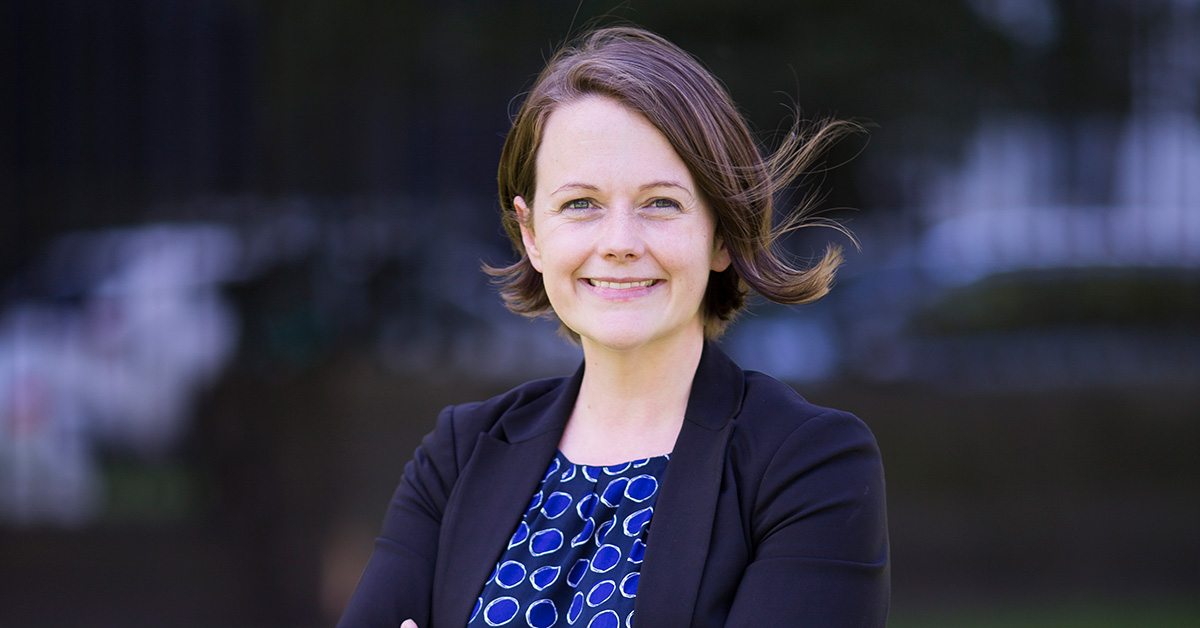News
World Optometry Day 2022
Today on World Optometry Day, CERA is recognising the crucial role optometrists play in both modern healthcare and ongoing research.
Since the first pair of spectacles were made in northern Italy during the late 13th century, optometry has developed into a crucial component of the world’s healthcare system.
Continuing the profession’s evolution over the last 700 years, new technology and treatments being developed at CERA are aiming to allow optometrists to diagnose conditions earlier than ever before in order to save people’s sight.
World Optometry Day is just one moment to acknowledge the profession’s contribution to the healthcare systems, individual’s overall health and many ongoing research efforts.

Earlier diagnosis
Associate Professor Lauren Ayton, who completed her professional training in optometry prior to her PhD and career in research, says optometrists play a crucial role in early detection of eye disease.
“Many blinding eye diseases are asymptomatic in the early stages,” A/Prof Ayton says.
“Hence, conditions like glaucoma and age-related macular degeneration are often first detected in people presenting for a routine eye examination with their optometrist.
“It is important that optometrists are aware of the latest advances in diagnosis and management of these conditions, so that they can refer or manage appropriately.”
Given this role that optometrists play, it is unsurprising that optometrists are playing crucial roles across several of CERA’s ongoing research projects.
Dr Zhichao Wu, Head of Clinical Biomarkers Research at CERA and optometrist, is using artificial intelligence alongside cutting-edge imaging to accelerate the discovery of new signs of age-related macular degeneration (AMD) and glaucoma.
Leading CERA’s Keratoconus International Consortium, optometrist and research scientist Dr Srujana Sahebjada is using similar techniques to detect and monitor corneal disease.
Optometrist Carla Abbott, a clinician scientist and research fellow working with CERA Deputy Director Professor Robyn Guymer’s Macular Research unit, is playing a critical role in CERA’s research into both the significance of reticular pseudodrusen in AMD and the bionic eye project.
And Research Fellow and optometrist Dr Flora Hui is leading a trial to determine whether Vitamin B3 has the potential to lead to improvements in vision among glaucoma patients.
Taking a broader perspective is CERA’s Health Services Unit, led by Peter Larsen, is examining how communication can improve communication and coordination across both optometry and the entire health services sector.
Crucial communication
Optometrists are also a source of patient education about eye disease, placing them in a crucial role in communicating with the community.
Ongoing projects at CERA working to make this communication even better.
Led by optometrists Dr Ceecee Britten-Jones and A/Prof Ayton, a national survey led by the Centre for Eye Research and the University of Melbourne will investigate the knowledge and perspectives of optometrists on emerging treatments and management for inherited retinal disease.
“The hope is we’ll be able to identify gaps in knowledge, and then develop targeted education programs for Australian clinicians,” says A/Prof Ayton.
“This will ensure primary eyecare providers are up to date with the latest information, so that they can appropriately refer people for these exciting new treatments.”
Through clinical trials, patient information and research-based surveys, there are many opportunities for optometrists to engage in research, particularly in terms of community-led research such as this.
“It’s a pretty exciting time for optometrists to be engaged in research,” says A/Prof Ayton.
“They don’t necessarily have to complete a PhD and be full time researchers, they can still be involved in research within their own practices by referring patients and giving them opportunities that they wouldn’t normally have.”
